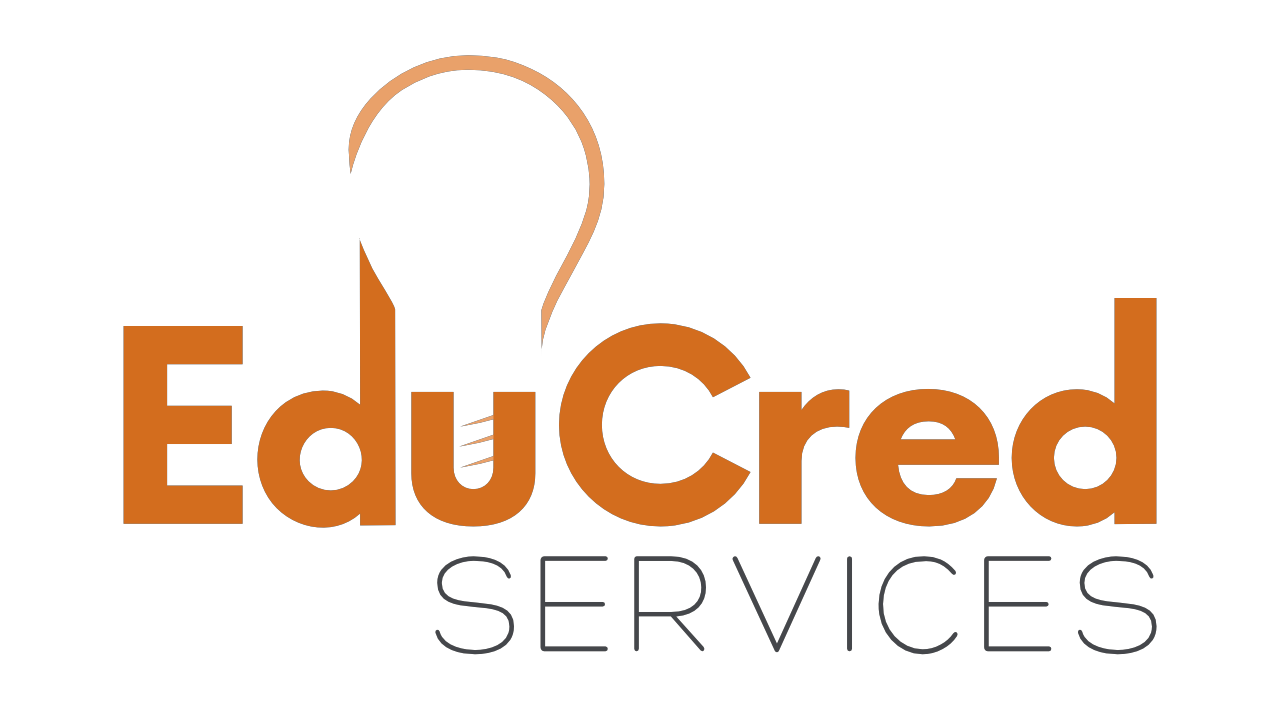When the Future Feels Unclear: Accreditation Still Has a Role to Play
In my twenty-four years working in higher education, there have been quite a few policy shifts, political transitions, funding swings, accreditation changes, and the occasional headline-grabbing scandal. But I can’t recall a time when so many institutions were feeling quite as unsure about the road ahead as they are right now.
The latest federal actions concerning accreditation (particularly the recent Executive Order) have generated more questions than answers. Institutions across the country are asking: What happens now? What does this mean for our institution? Will our accreditor be recognized next year? Will we still qualify for Title IV? These are not overreactions. They’re reasonable questions and, the truth is, no one has all the answers yet.
What I can offer, though, is perspective. Because while the future may be unclear, I believe strongly that accreditation still has a critical role to play in higher education.
Accreditation: A Peer Review, Not a Popularity Contest
With all the national attention right now, it’s easy to lose sight of what accreditation actually is—and what it isn’t. Accrediting organizations are not federal agencies. Accreditation is not a political tool (though it’s been politicized). It’s not a box-checking exercise meant to trip up institutions. Accreditation is, and always has been, a peer review process. Institutions voluntarily engage with this process to affirm their commitment to academic quality and institutional effectiveness.
That part matters: voluntary and peer-led. When you apply for or maintain accreditation, you are not submitting your work to a faceless federal bureaucracy. You are being evaluated by fellow educators—people who’ve walked in your shoes, wrestled with your challenges, and care deeply about the integrity of higher education. These peer reviewers are administrators, faculty, and leaders from other accredited institutions who participate not out of obligation, but out of a shared belief in the value of accessible and quality education.
While the U.S. Department of Education plays a vital role in recognizing accreditors—and, by extension, determining which institutions can access Title IV funding—accreditors themselves are independent, non-governmental organizations. Their charge is to uphold academic standards, support institutional improvement, and safeguard students. For some accrediting organizations, that work has included attention to access, equity, and inclusion—because those are essential components of any healthy society.
We are now in a moment where some of those values are being scrutinized or reframed. But the accreditation process itself remains grounded in peer review, transparency, and professional judgment. The people doing this work understand nuance and the important role that the institutional mission plays. They know that excellence and equity are not mutually exclusive. And most importantly, they are committed to supporting institutions, not undermining them. Peer reviewers know institutions are doing the hard work of educating future generations, preparing them to identify solutions and create a better world for all people.
What’s Changing—and What Isn’t
There’s no denying that the accreditation landscape is shifting and, in some ways, it may need to. The recent Executive Order issued in April 2025 directs the U.S. Department of Education to emphasize quantifiable student outcomes in the accreditation process and limits the use of DEI-related standards by federally recognized accreditors. According to guidance released by ED, accrediting organizations must now ensure they are not enforcing ideological mandates and must provide clear, data-driven justifications for recognition (ED.gov, Higher Ed Dive, Inside Higher Ed).
This is new territory. Many institutions are already reviewing their internal policies and trying to determine whether their current accreditor will remain in good standing with the Department. Others are asking whether a change in accreditor will be required—and if so, how to prepare for it. These are valid concerns. They deserve careful attention and thoughtful planning.
Accreditation Is Built to Evolve
One of the strengths of the American accreditation system is its ability to adapt. This isn’t the first time accreditation has been pulled into the national spotlight, and it likely won’t be the last. Over the decades, accreditors have evolved in response to changes in technology, funding structures, delivery models (hello, online education and the COVID-19 pandemic), and shifting student demographics.
We’ve been through credit hour redefinitions, the rise of online learning, the competency-based education debates, and various accountability battles. Accreditation has been tested before, and it will be tested again. But what hasn’t changed—and what I don’t expect to change—is the deep commitment accreditors have to student outcomes, institutional integrity, and academic excellence.
Let me be clear: many of the individuals working within accrediting agencies today are my colleagues, my professional peers, and my personal friends. They are not in this field for the money (if they were, they would’ve chosen a very different line of work). They are here because they believe that higher education changes lives. They believe in the power of learning, the importance of quality, and the promise of equity. They have dedicated their careers to ensuring that institutions deliver on those promises.
These are not abstract figures issuing directives from a distance. These are the people who return your calls, read your reports, visit your campuses, and cheer your wins. In a moment when policy is shifting and language is being politicized, it’s more important than ever to remember who is actually doing this work—and why. Accreditation is being carried forward by thoughtful, experienced professionals who still believe this system matters. Because it does.
What Institutions Can Do Right Now
In uncertain times, institutions often look for definitive answers. While we may not have those yet, we do have practical next steps:
Stay engaged with your accreditor. Reach out. Ask questions. Most accrediting organizations are releasing statements and FAQs—read them, and don’t hesitate to seek clarification.
Focus on your mission. What you do best still matters. Keep emphasizing student success, faculty support, and institutional effectiveness.
Don’t disengage from improvement efforts. Accreditation is still a living process. The work you’re doing now—refining assessment practices, documenting outcomes, evaluating curriculum—is still necessary and valuable.
Watch for updates. Keep an eye on federal guidance and accreditation notices. Subscribe to NACIQI meetings, webinars, and your accrediting organization’s newsletters.
Final Thoughts: When the Map Gets Redrawn, Look for the Landmarks
I can’t tell you exactly what the next year(s) will bring. No one can. But I can tell you this: Higher education is not being steered by cynics or bureaucrats alone. It is being built, every day, by people who believe deeply in the transformative power of learning. That includes accreditors. The people doing this work are not disconnected administrators enforcing abstract rules. They are your colleagues. Your peers. In many cases, your former classmates, mentors, or even your own faculty members from years past. They believe in the same things you do—and they’re still in this with you.
So yes, the road may look different for a while. Our system is not perfect, but it is resilient. And it’s full of people who are working—quietly and persistently—to ensure that higher education continues to be a force for opportunity, growth, and shared progress.
If your institution is navigating these waters and needs a sounding board, let’s talk. You don’t have to figure it out alone.

